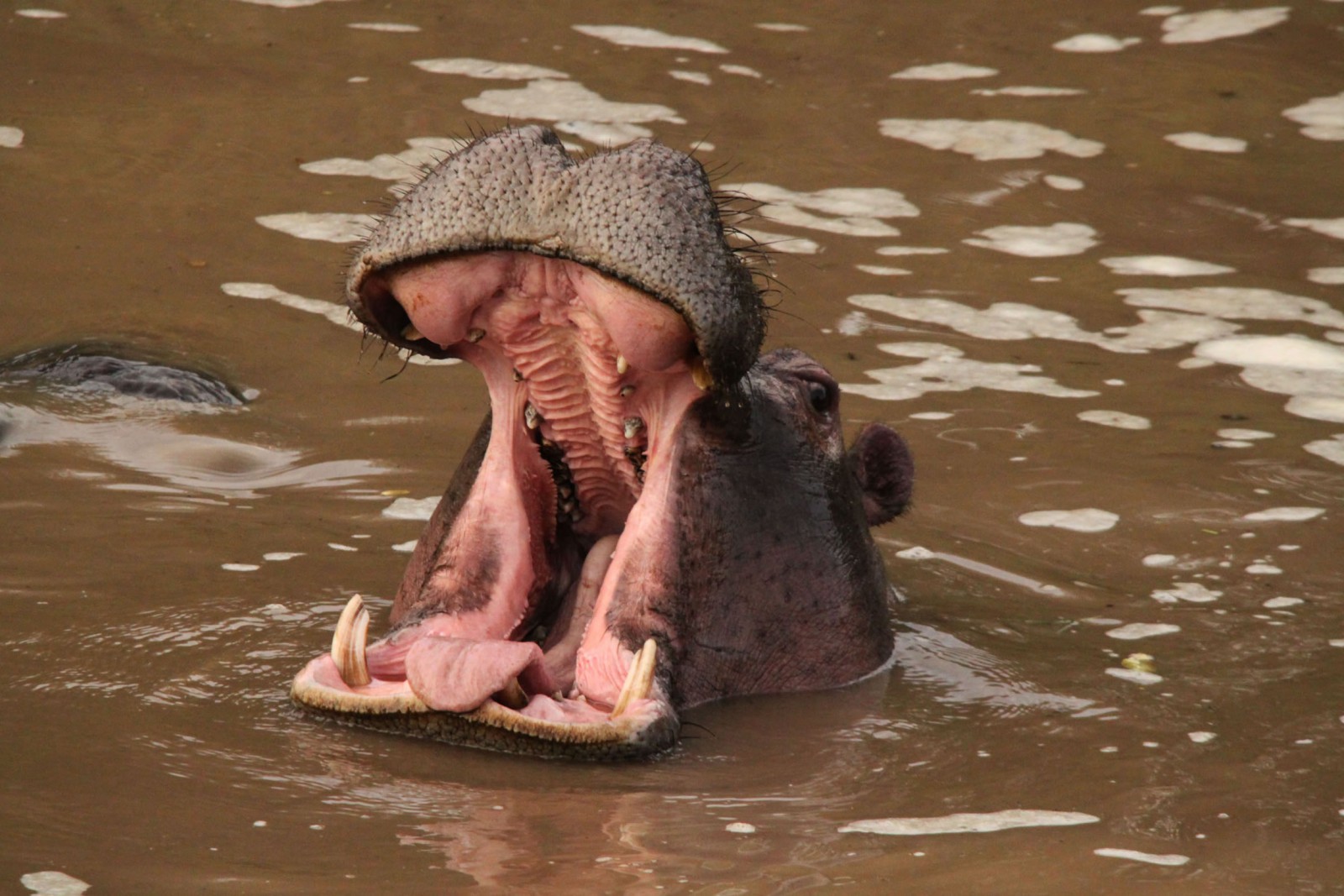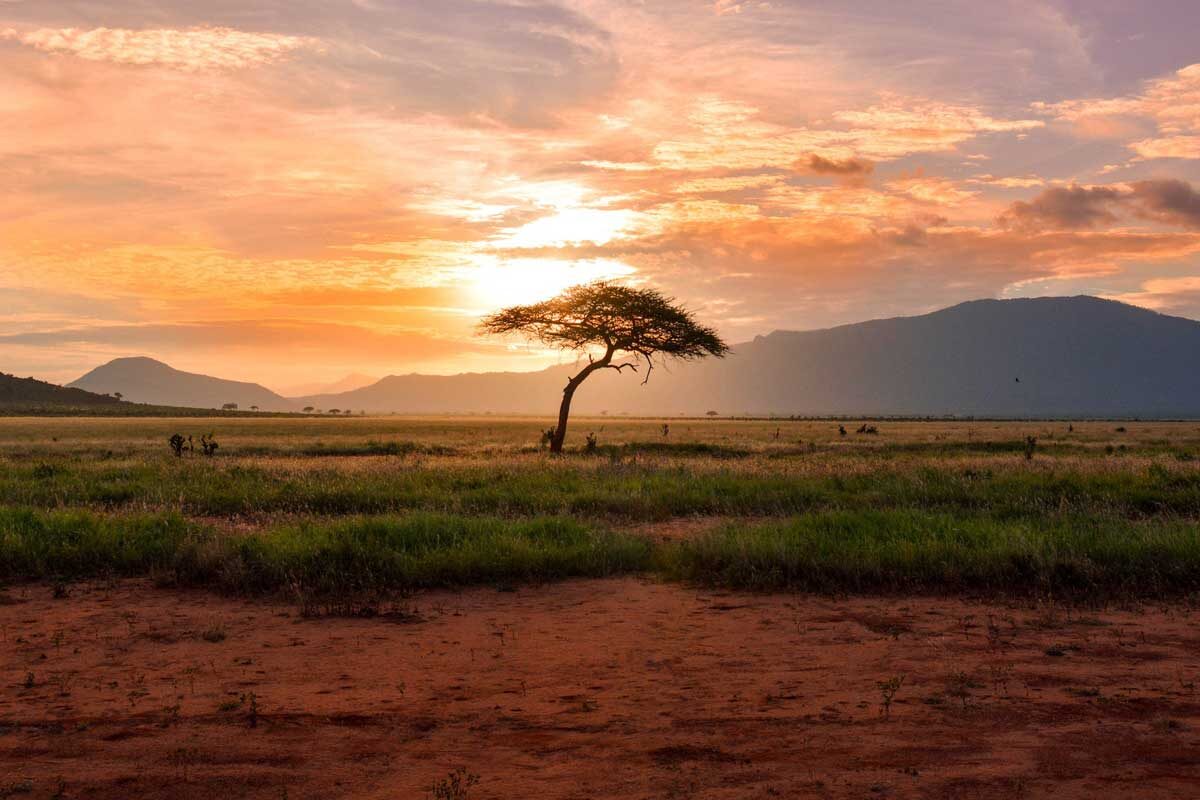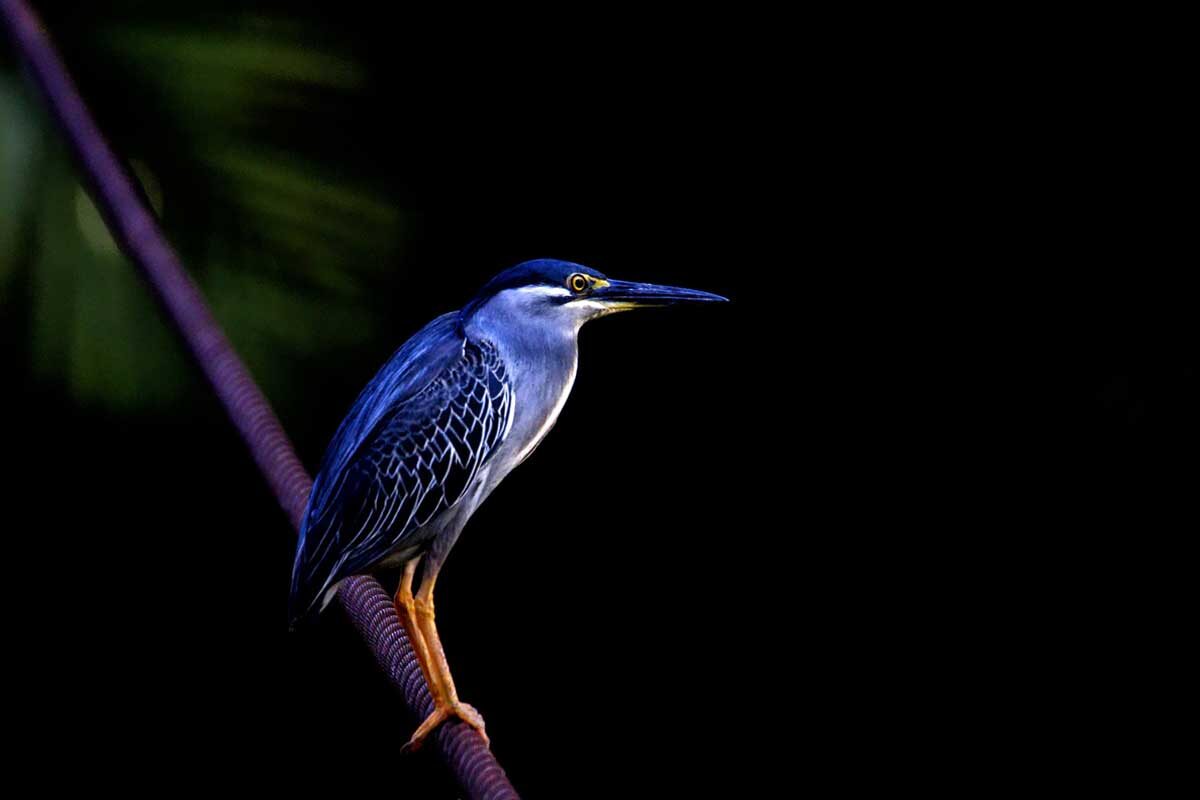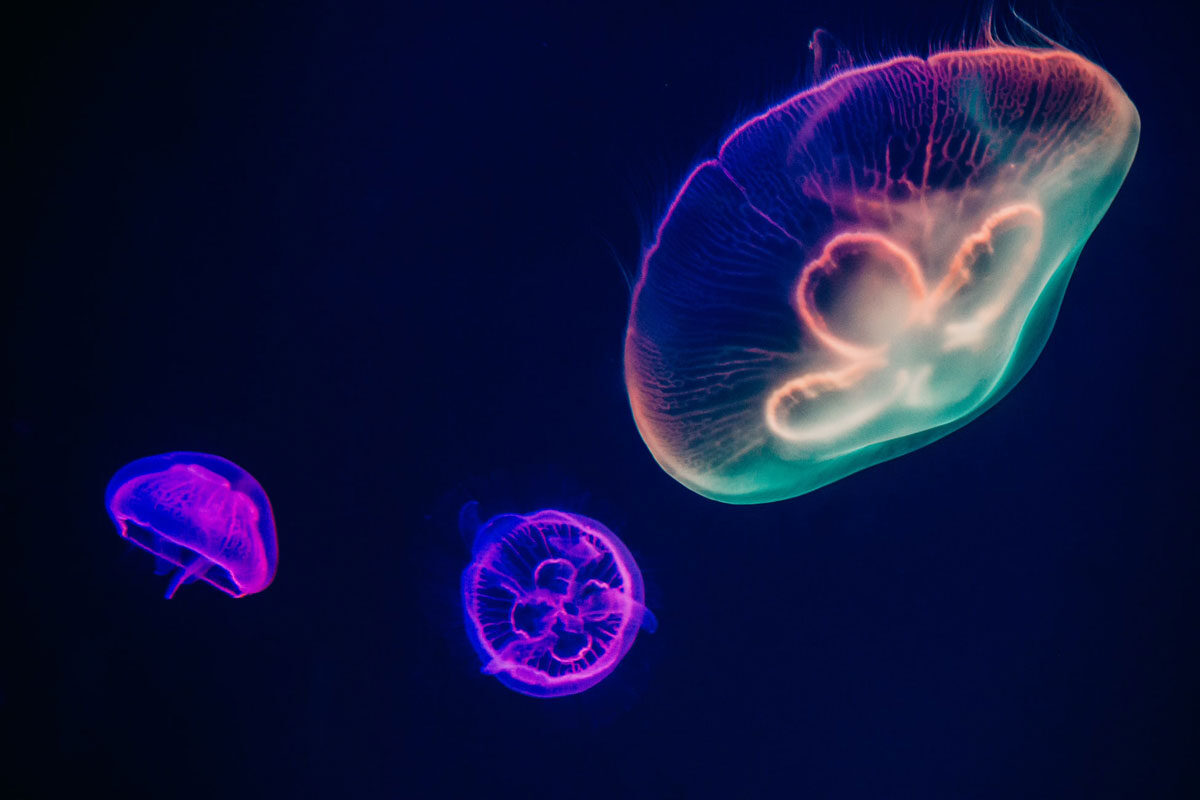A UNESCO World Heritage Site, the 328,000 hectare iSimangaliso Wetland Park encompasses South Africa’s largest inland body of water, Lake St Lucia and protects a rich variety of habitats and wildlife. The eastern shore of Lake St Lucia is bordered by the highest vegetated dunes in the world, towering to an amazing 200m, separating the lake from the Indian Ocean coastline. The park protects a marine zone of extensive sandy beaches, tropical seas and coral reefs. The Mkhuze swamp flanks the north shores of the lake with its papyrus and reed wetland. Dry savannah and thornveld border the western shore. The largest South African population of southern reed bucks are to be found on the eastern shore. Black rhino, buffalo, Burchell’s zebra, waterbuck, greater kudu, nyala, bushbuck and warthog may also be spotted. The drier western shore is the place to find sand forest fauna such as red duiker, samango monkeys, suni and Tonga red squirrels. The sand forest is also home to 111 species of butterfly, Neergaard’s sunbird, African broadbills and green-billed coucal. Numerous Nile crocodiles and hippos inhabit the lake itself. A guided launch from St Lucia town is a great way to view them and the multitude of bird life including black egret, greater flamingo, eastern white pelican, African spoonbill, African fish eagle and goliath herons. The estuary is linked to the offshore St Lucia Marine Reserve forming, together with Maputaland Marine Reserve, the largest coastal reserve in Africa.

Highlights of South Africa
iSimangalisco
Scroll












